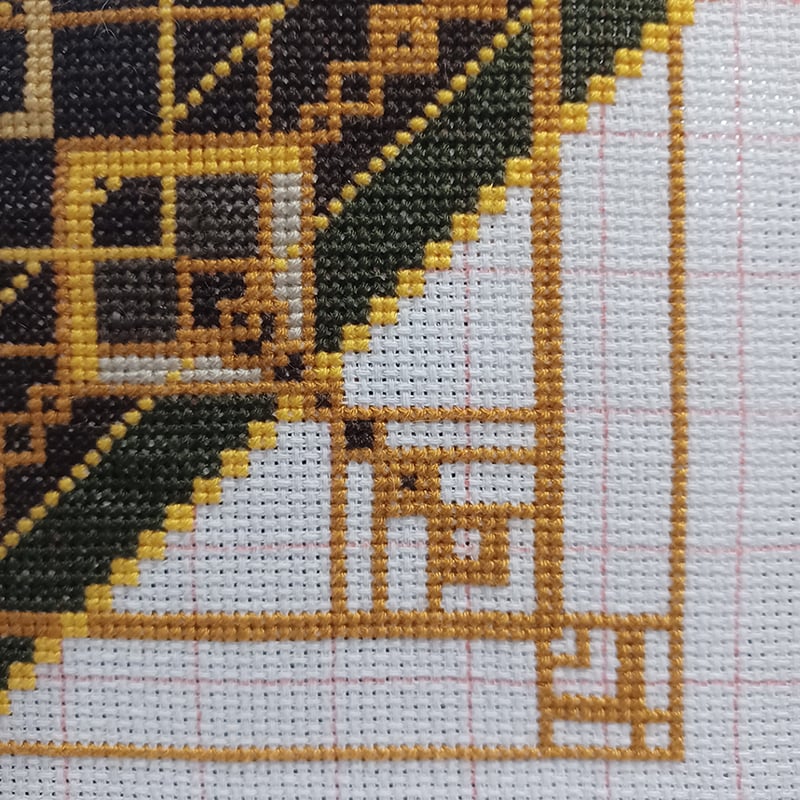Welcome fellow stitching enthusiasts! Today, we embark on a journey through the wonderful world of cross stitching. If you're new to this craft or a seasoned stitcher looking to expand your repertoire, understanding the variety of stitches available is key to creating beautiful and intricate designs. So, grab your needles and threads as we delve into the realm of different stitches in cross-stitching.
- Cross Stitch: Let's start with the basics. The cross stitch is the fundamental stitch in cross stitching, hence the name. It's formed by making two diagonal stitches that intersect to create a small 'X' shape. This stitch is commonly used to fill in large areas of a design and is the building block for more complex stitches.
- Backstitch: Adding definition and detail to your cross stitch project is made possible by the backstitch. Unlike the cross stitch which creates blocks of colour, the backstitch outlines shapes and adds crisp lines. It's typically used for outlining motifs, lettering, or adding finer details to your design.
- Half Cross Stitch: As the name suggests, the half cross stitch is a simpler version of the cross stitch. Instead of forming a full 'X', this stitch creates only one diagonal stitch. It's often used to add texture or to create subtle shading within a design.
- French Knot: Adding dimension and texture to your cross stitch masterpiece is achieved with the French knot. This stitch involves wrapping the thread around the needle to create a small, raised knot on the fabric. It's perfect for creating flower centres, eyes, or other small accents in your design.
- Quarter Stitch: For even more versatility in your stitching, the quarter stitch comes into play. It's similar to the half cross stitch but is worked diagonally across a single fabric intersection, creating a quarter of a full cross stitch. This stitch is great for adding intricate details or achieving smoother curves in your design.
- Petal Stitch: Adding floral elements to your cross stitch design is made effortless with the petal stitch. This stitch resembles the shape of a flower petal and is created by making small stitches radiating out from a central point. It's perfect for creating delicate flowers or leaves in your design.
- Satin Stitch: When you want to fill in larger areas with smooth, solid colour, the satin stitch is your go-to. This stitch involves making parallel stitches side by side, covering the fabric completely to create a glossy, satin-like finish. It's ideal for creating bold blocks of colour or adding sheen to your design.
- Long Stitch: Adding texture and depth to your cross-stitch project is achieved with the long stitch. This stitch involves making longer stitches across multiple fabric intersections, creating a bolder and more pronounced effect. It's commonly used for creating fur, grass, or other textured surfaces in your design.
- Lazy Daisy Stitch: Adding a touch of whimsy to your cross stitch design is easy with the lazy daisy stitch. This stitch creates small, looped petals resembling daisies or other floral motifs. It's perfect for adding decorative accents or creating a charming border around your design.
- Herringbone Stitch: Adding a decorative border or intricate pattern to your cross stitch project is made possible with the herringbone stitch. This stitch involves making diagonal stitches that cross over each other, creating a distinct V-shaped pattern. It's great for adding visual interest and texture to your design.
With these ten stitches in your stitching arsenal, you're well-equipped to tackle any cross-stitch project that comes your way. Whether you're a beginner or a seasoned stitcher, experimenting with these stitches will elevate your cross stitch creations to new heights of beauty and intricacy. So, pick up your needles and let your imagination soar as you explore the endless possibilities of cross stitching! Happy stitching!


